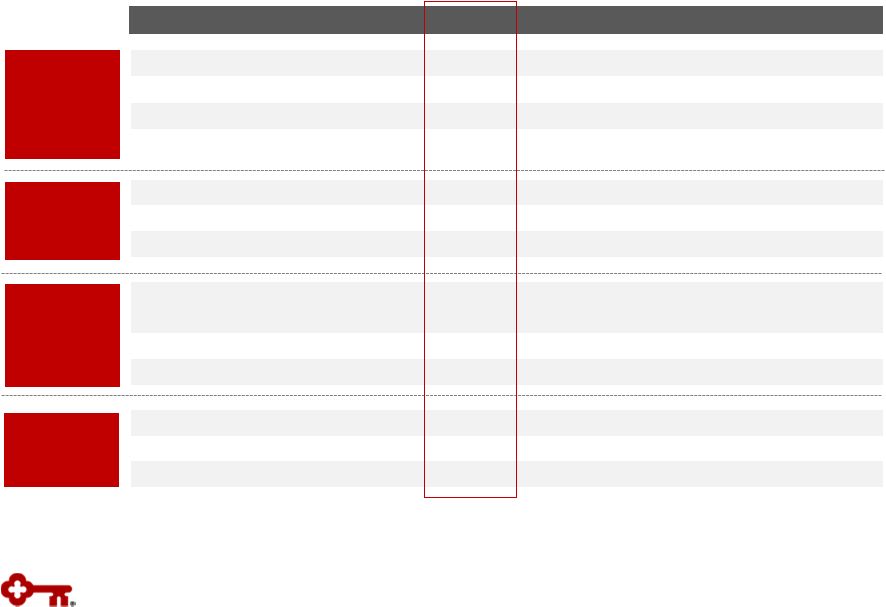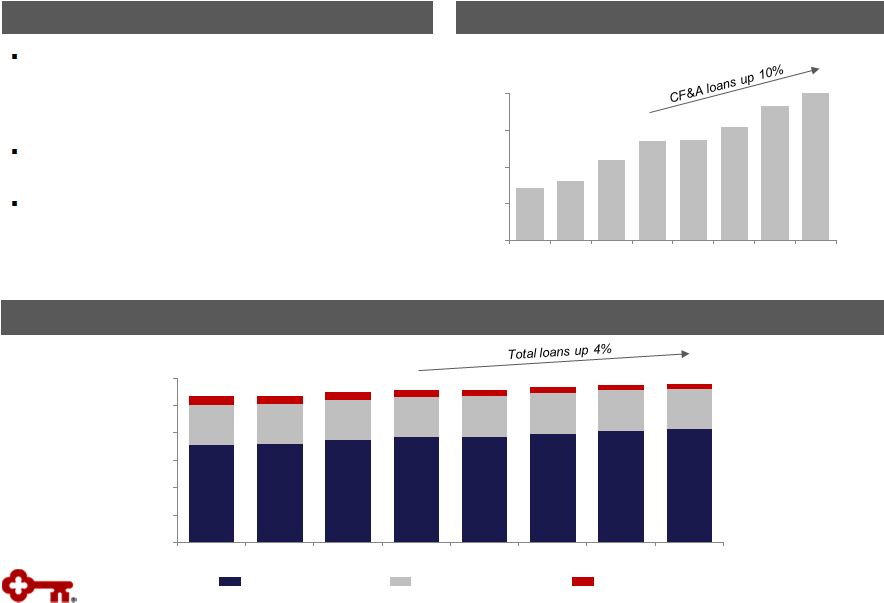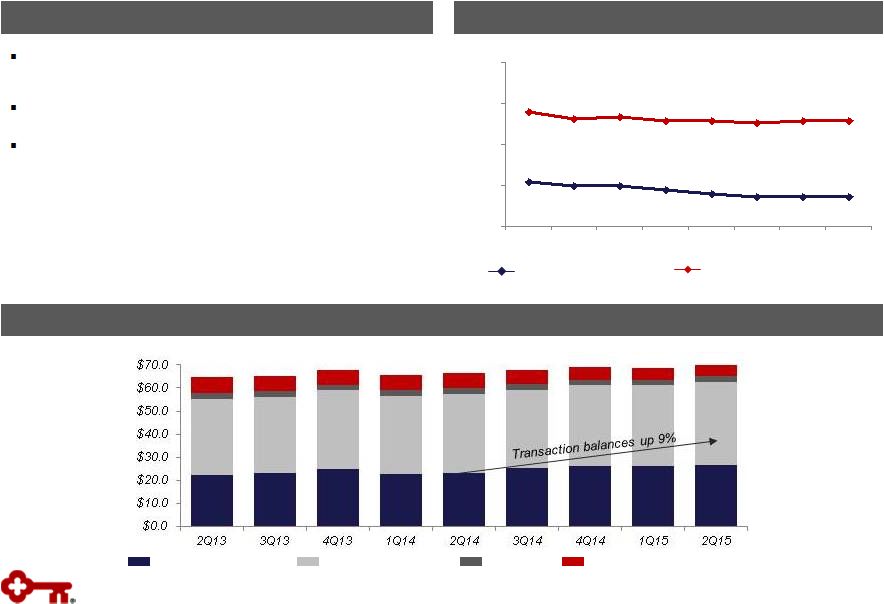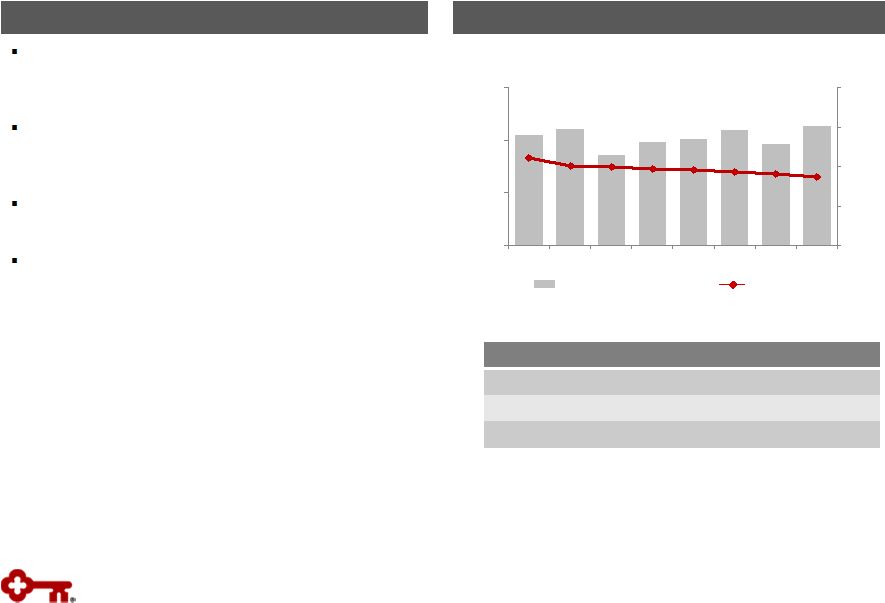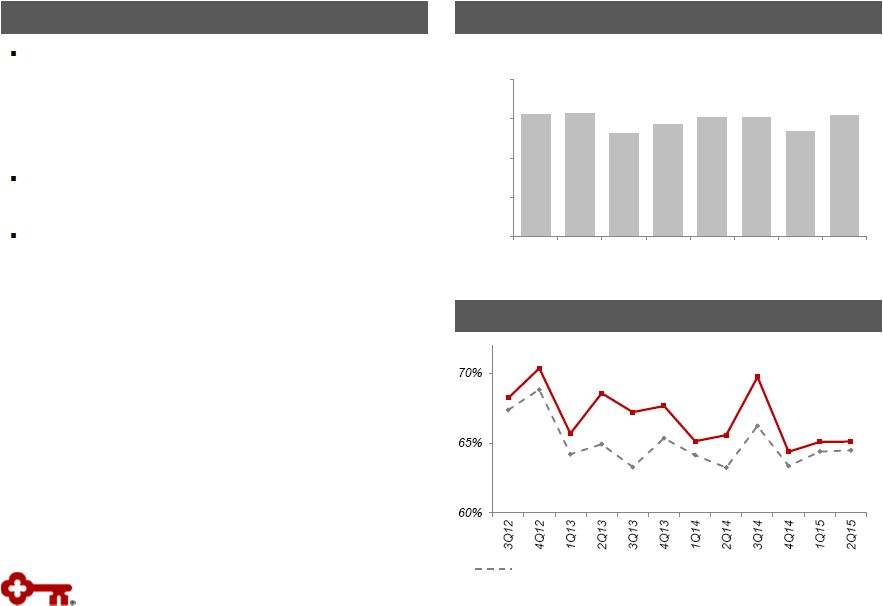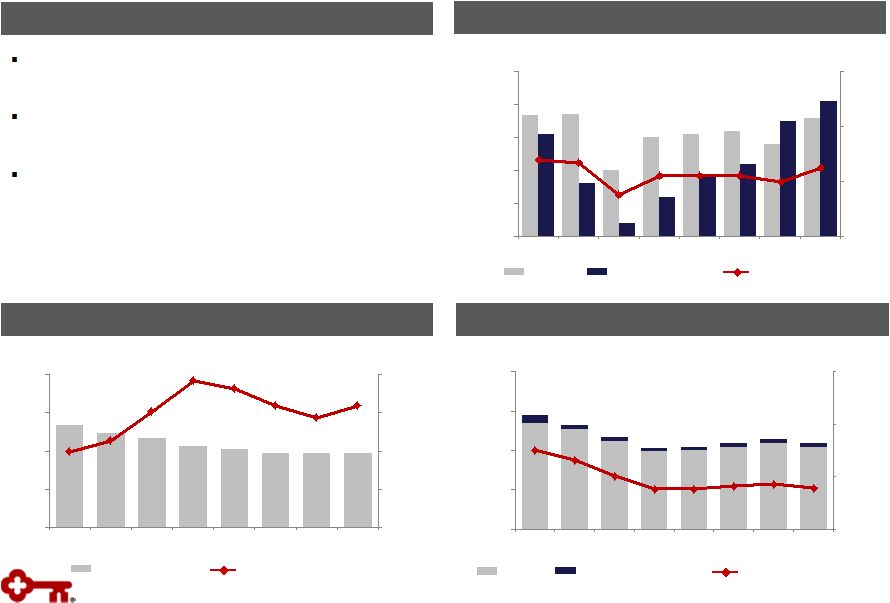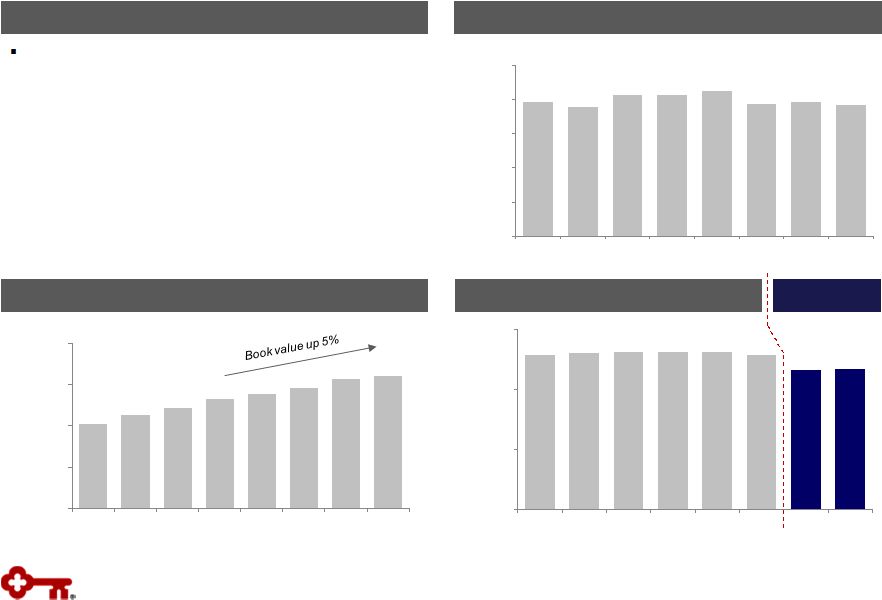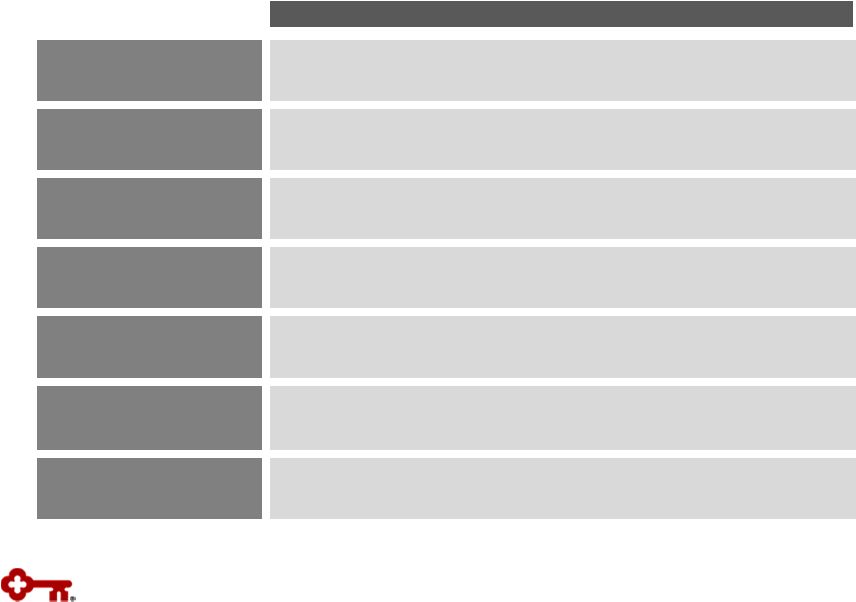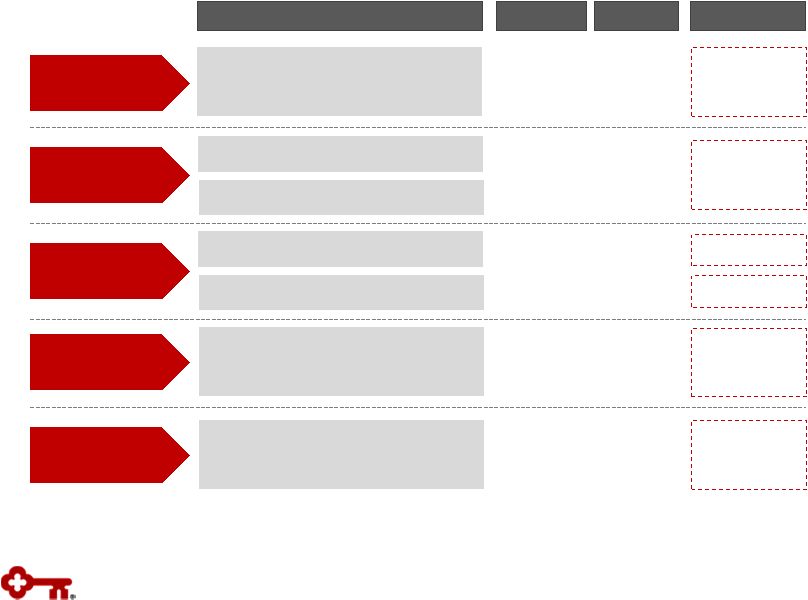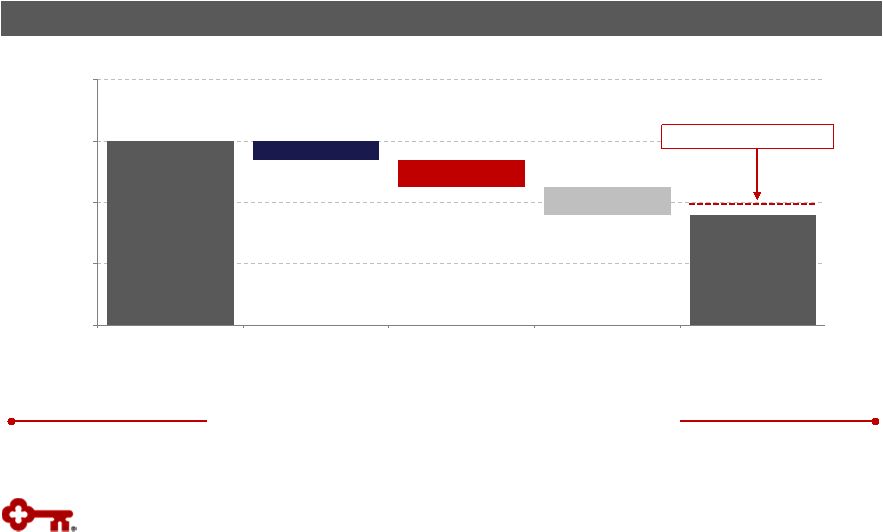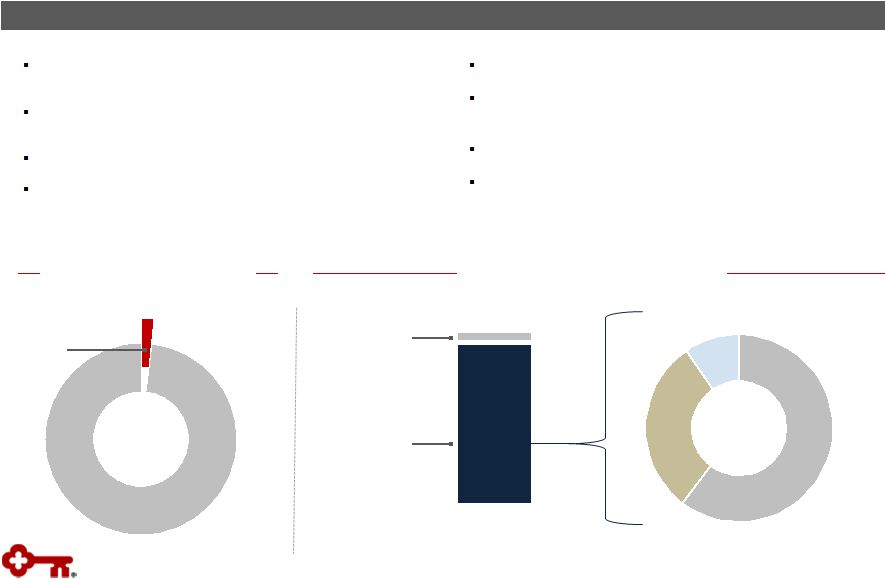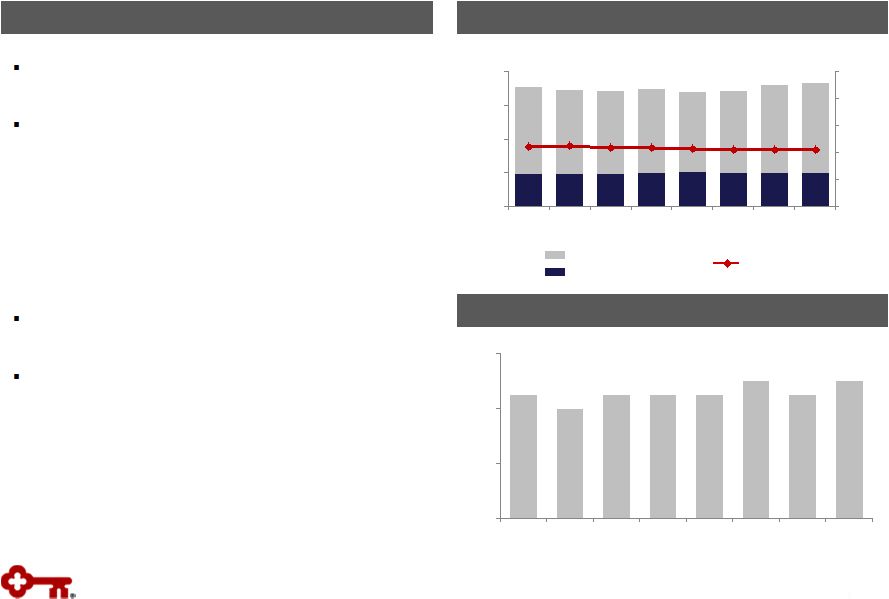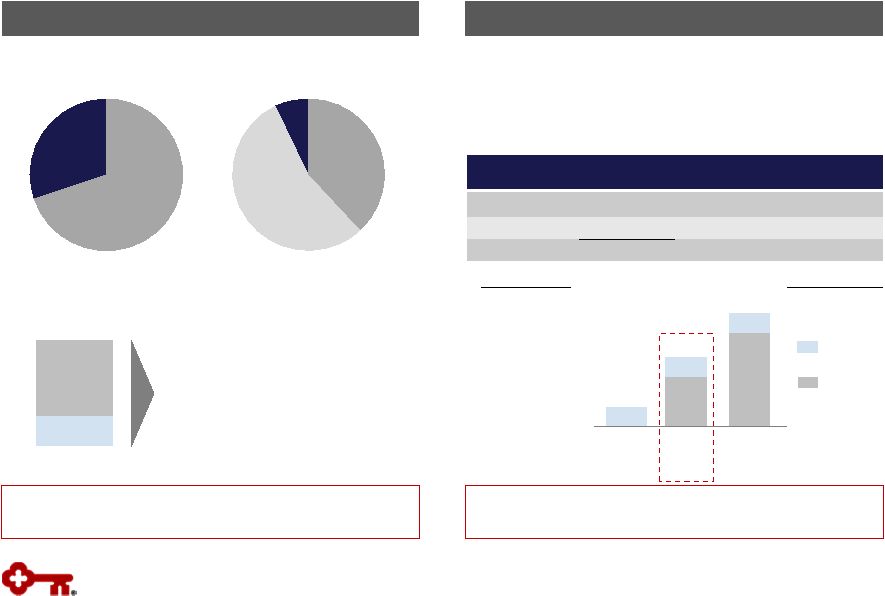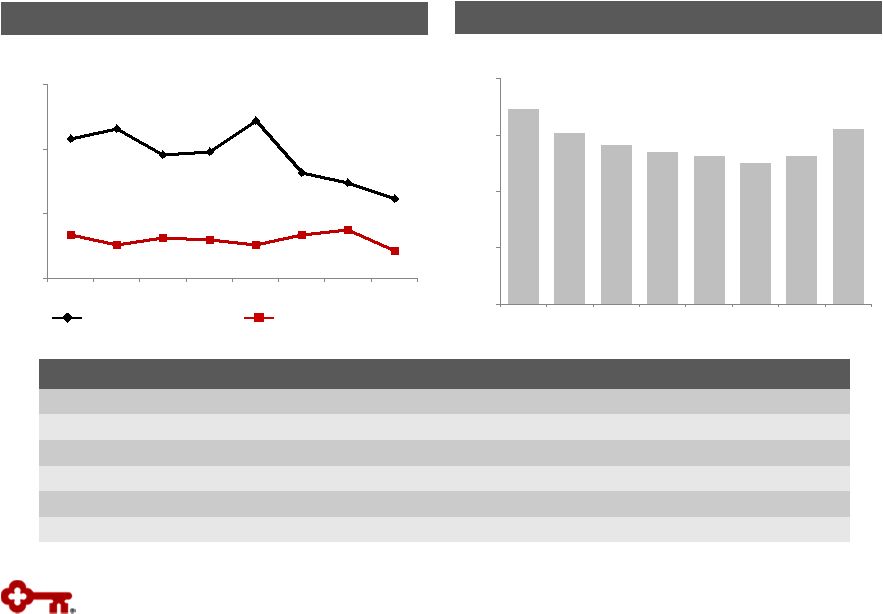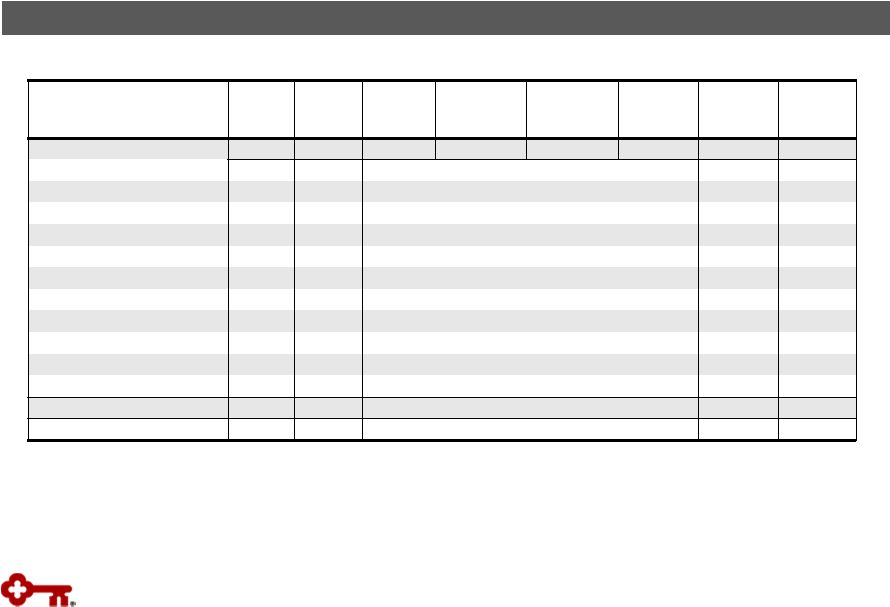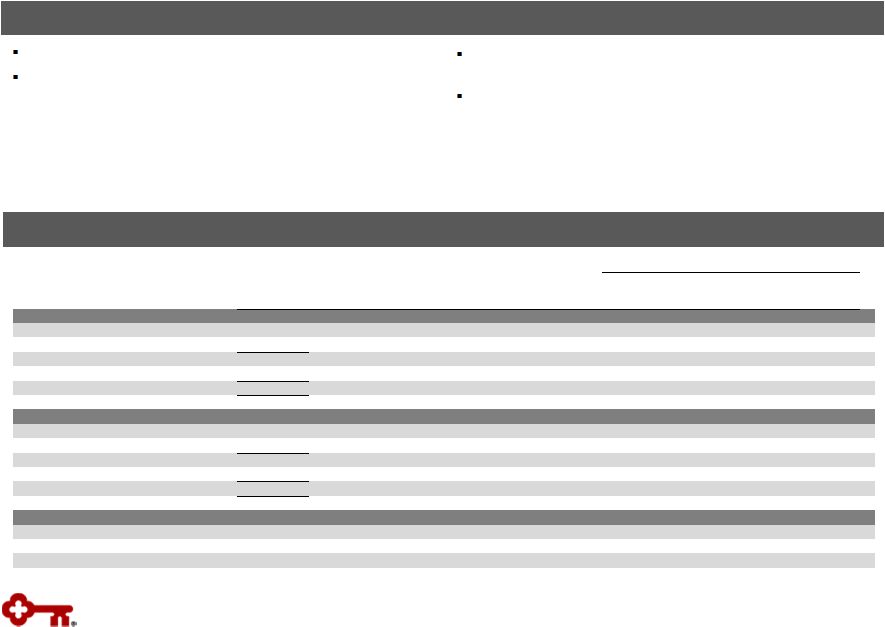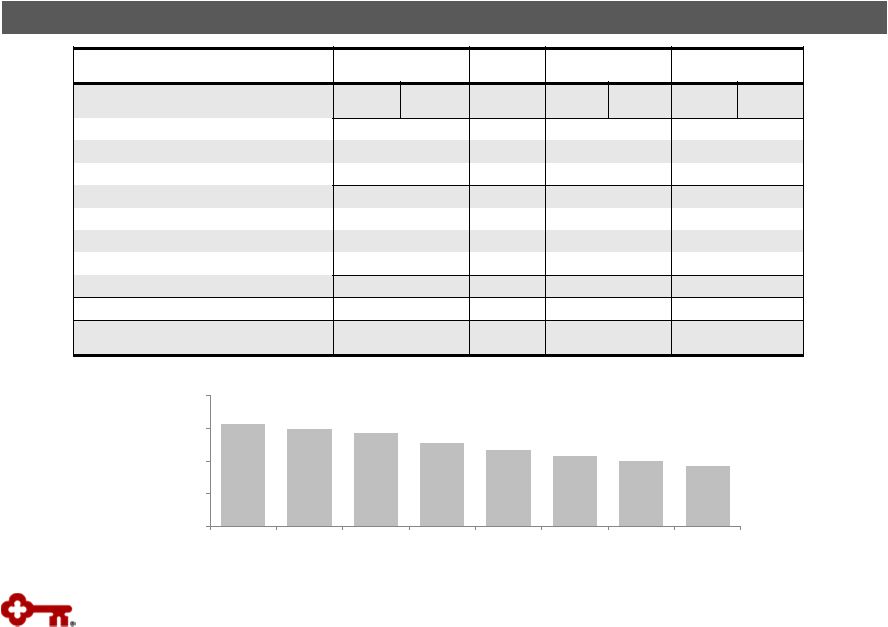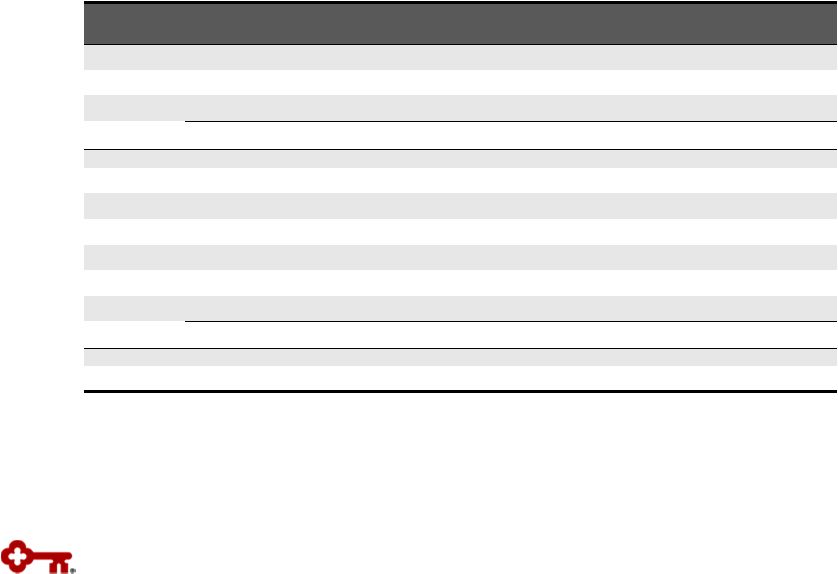2 FORWARD-LOOKING STATEMENTS AND ADDITIONAL INFORMATION DISCLOSURE This presentation contains forward-looking statements within the meaning of the Private Securities Litigation Reform Act of 1995. These statements do not relate strictly to historical or current facts. Forward-looking statements usually can be identified by the use of words such as “goal,” “objective,” “plan,” “expect,” “assume,” “anticipate,” “intend,” “project,” “believe,” “estimate,” or other words of similar meaning. Forward-looking statements provide management’s current expectations or forecasts of future events, circumstances, results or aspirations. Forward-looking statements, by their nature, are subject to assumptions, risks, and uncertainties, many of which are outside of our control. Our actual results may differ materially from those set forth in our forward-looking statements. There is no assurance that any list of risks and uncertainties or risk factors is complete. Factors that could cause actual results to differ from those described in forward-looking statements include, but are not limited to: (1) deterioration of commercial real estate market fundamentals; (2) declining asset prices; (3) adverse changes in credit quality trends; (4) our concentrated credit exposure in commercial, financial, and agricultural loans; (5) defaults by our loan counterparties or clients; (6) the extensive and increasing regulation of the U.S. financial services industry; (7) changes in accounting policies, standards, and interpretations; (8) increasing capital and liquidity standards under applicable regulatory rules; (9) unanticipated changes in our liquidity position, including but not limited to, changes in the cost of liquidity, our ability to enter the financial markets and to secure alternative funding sources; (10) our ability to receive dividends from our subsidiary, KeyBank; (11) downgrades in our credit ratings or those of KeyBank; (12) operational or risk management failures by us or critical third-parties; (13) breaches of security or failures of our technology systems due to technological or other factors and cybersecurity threats; (14) negative outcomes from claims or litigation; (15) the occurrence of natural or man-made disasters or conflicts or terrorist attacks; (16) a reversal of the U.S. economic recovery due to financial, political or other shocks; (17) our ability to anticipate interest rate changes and manage interest rate risk; (18) deterioration of economic conditions in the geographic regions where we operate; (19) the soundness of other financial institutions; (20) our ability to attract and retain talented executives and employees and to manage our reputational risks; (21) our ability to timely and effectively implement our strategic initiatives; (22) increased competitive pressure due to industry consolidation; (23) unanticipated adverse effects of strategic partnerships or acquisitions and dispositions of assets or businesses; and (24) our ability to develop and effectively use the quantitative models we rely upon in our business planning. We provide greater detail regarding these factors in our 2014 Form 10-K and subsequent filings, which are available online at www.key.com/ir and www.sec.gov. Any forward-looking statements made by us or on our behalf speak only as of the date they are made, and Key does not undertake any obligation to update any forward-looking statement to reflect the impact of subsequent events or circumstances. This presentation also includes certain non-GAAP financial measures related to “tangible common equity,” “Common Equity Tier 1,” “Tier 1 common equity,” “pre-provision net revenue,” and “cash efficiency ratio.” Management believes these ratios may assist investors, analysts and regulators in analyzing Key’s financials. Although Key has procedures in place to ensure that these measures are calculated using the appropriate GAAP or regulatory components, they have limitations as analytical tools and should not be considered in isolation, or as a substitute for analysis of results under GAAP. For more information on these calculations and to view the reconciliations to the most comparable GAAP measures, please refer to the Appendix of this presentation and to page 95 of our Form 10-Q dated March 31, 2015. | 
